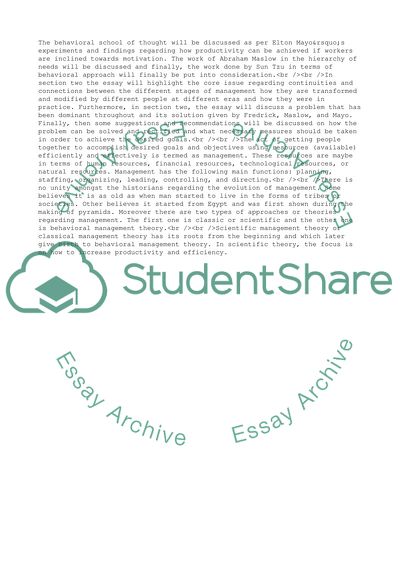Cite this document
(Managemet Today from Exanining Its Historical Foundations Coursework Example | Topics and Well Written Essays - 2000 words, n.d.)
Managemet Today from Exanining Its Historical Foundations Coursework Example | Topics and Well Written Essays - 2000 words. https://studentshare.org/management/1779904-what-can-we-learn-about-managemet-today-from-exanining-its-historical-foundations
Managemet Today from Exanining Its Historical Foundations Coursework Example | Topics and Well Written Essays - 2000 words. https://studentshare.org/management/1779904-what-can-we-learn-about-managemet-today-from-exanining-its-historical-foundations
(Managemet Today from Exanining Its Historical Foundations Coursework Example | Topics and Well Written Essays - 2000 Words)
Managemet Today from Exanining Its Historical Foundations Coursework Example | Topics and Well Written Essays - 2000 Words. https://studentshare.org/management/1779904-what-can-we-learn-about-managemet-today-from-exanining-its-historical-foundations.
Managemet Today from Exanining Its Historical Foundations Coursework Example | Topics and Well Written Essays - 2000 Words. https://studentshare.org/management/1779904-what-can-we-learn-about-managemet-today-from-exanining-its-historical-foundations.
“Managemet Today from Exanining Its Historical Foundations Coursework Example | Topics and Well Written Essays - 2000 Words”. https://studentshare.org/management/1779904-what-can-we-learn-about-managemet-today-from-exanining-its-historical-foundations.


